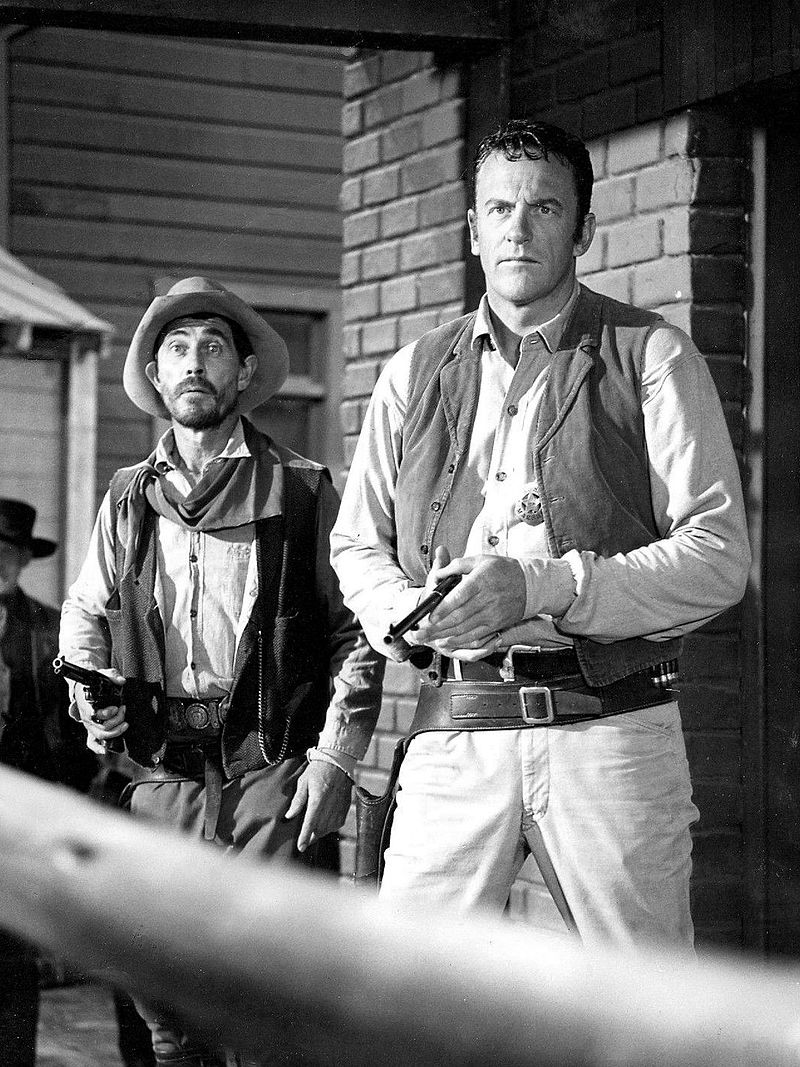Screenwriters’ Jobs Are Not Threatened by AI
Unless the public starts preferring mishmash to creativity
“Movie written by algorithm turns out to be hilarious and intense”
This headline is brazen even for hype.
The “movie” is Sunspring (2016), which lasts a bit over 9 minutes. The hype is from the Ars Technica site where Sunspring made its “exclusive debut.”
As explained at The Guardian, a recurrent neural network “was fed the scripts of dozens of science fiction movies including such classics as Highlander Endgame, Ghostbusters, Interstellar and The Fifth Element.” Sunspring was written after the trained neural network was given a “set of prompts.” The Guardian rightly terms the resulting script as “gibberish.”
Here’s an excerpt from the screenplay:
He is standing in the stars and sitting on the floor. He takes a seat on the counter and pulls the camera over to his back. He stares at it. He is on the phone. He cuts the shotgun from the edge of the room and puts it in his mouth. He sees a black hole in the floor leading to the man on the roof.
Here’s the relevant snatch of film and it takes only a minute to watch.
Note that the director inserts a phone call in this scene that is lifted from elsewhere in the script.
To whatever degree the script may be seen as “hilarious and intense,” the source is not AI. An illusion of eventual structure comes from the acting, the background music, cinematography, film editing, and directing. The makers of the film are to be congratulated on stitching together gibberish.
The Sunspring movie is classed as science fiction. The AI that wrote Sunspring was trained on sci-fi scripts. We would be surprised if AI so trained generated a script for a situation comedy or a western. Computers are not creative. They can only interpolate among data presented and perform according to instruction.
The rule is: Sci-fi in. Sci-fi out.

Ken Curtis as Festus and Arness as Dillon in Gunsmoke, 1968
It’s not an altogether new idea. Rule-based expert systems were used to write short plays over a half century ago, in the early 1960’s.[1] The 1960’s were the golden age of the adult western on television. Gunsmoke’s television premiere in September 1955 began the era. Gunsmoke quickly rose to the top spot and stayed there, which meant that by 1959, there were 26 TV Westerns. Clint Eastwood made his debut in the Rawhide (1959-1965). The prolific actor/director Michael Landon became an icon after co-starring in Bonanza (1959-1973). Emmy winner and Academy Award nominee James Garner got his start in Maverick (1957-1962).
A wealth of material there. It made sense for MIT to choose a western theme for their rule-based AI-written play in 1960. The basis for the plot offered by the computer program was short and simple. A robber wearing a mask and a cowboy hat has just robbed a bank. He enters his hideout with a bag of loot and finds a bottle of whiskey and a glass. Close behind the outlaw is the sheriff. From this foundational premise, many plots can spring.
To explain his expert system for writing TV plays, MIT’s Douglas T. Ross (1929–2007) used an elaborate flow diagram from which the plot for the short play spawns. “We’re trying to understand important things about artificial intelligence,” he said.
Ross’s rules are many but simple. The outlaw, for example, can hold in his right hand either his gun, the loot from the robbery, or the whiskey glass. But, according to Ross’s expert system, he can’t have more than one of the objects in his hand at the same time. Likewise, the outlaw cannot react to the sheriff if he does not see the sheriff. The outlaw’s head needs to be turned in the direction of the sheriff. One or both of the characters in the play can drink the whiskey. To prevent obviously implausible scenes, Ross kept track of how drunk a character must have been by means of an inebriation index.
Via a flowchart and the occasional equivalent of a randomly weighted coin flip, a story unfolds, or (some might say) unravels. Sometimes the sheriff shoots the outlaw. Sometimes the outlaw shoots the sheriff. There are intermediate variations as to who drinks how much whiskey. But the overall story never varies. (In fairness, some critics said much the same thing about the 26 westerns that aired on television in 1965.)
The difficulty of accumulating rules even for the simple task of writing a short TV play illustrates why, for the most part, standalone human-generated rule-based systems have failed. There are just too many petty nuances to consider. Ross also showed that his expert system could develop plot problems. For example, one output from the expert system ended in an implausible loop. The cylinder of an old-fashioned western six-shooter contains the revolver’s bullets. The outlaw endlessly spins the cylinder of his gun while the sheriff downs whiskeys, one after another. Simple as it was, the “western generator” still had its bugs.
The TV westerns written by 1960’s AI were pretty bad. So are today’s sci-fi AI movies like Sunspring. Maybe someday AI movies will be better. But don’t expect creativity. That is not what AI does.
[1] Tomorrow: “The Thinking Machine” Produced by CBS in cooperation with MIT, 1961. The link is to a 1:22 excerpt from the show that gives some sense of the project and the milieu but does not include the cowboy sketch.
See also: AI That Can Read Minds? Deconstructing AI Hype: The source for the claims seems to be a 2018 journal paper, “Real-time classification of auditory sentences using evoked cortical activity in humans.” The carefully described results are indeed significant but what the Daily Mail article didn’t tell you sheds a rather different light on the AI mind reader.

Robert J. Marks II, Ph.D., is Distinguished Professor of Engineering in the Department of Electrical & Computer Engineering at Baylor University. Marks is the founding Director of the Walter Bradley Center for Natural & Artificial Intelligence and hosts the podcast Mind Matters. He is the Editor-in-Chief of BIO-Complexity and the former Editor-in-Chief of the IEEE Transactions on Neural Networks. He served as the first President of the IEEE Neural Networks Council, now the IEEE Computational Intelligence Society. He is a Fellow of the IEEE and a Fellow of the Optical Society of America. Marks’ eponyms include the Zhao-Atlas-Marks (aka ZAM, ZAMD or cone shaped kernel) time-frequency distribution used in the MATLAB Time-Frequency Toolbox and National Instruments’ LabVIEW Tools for Time-Frequency, Time-Series, and Wavelet Analysis, the Cheung–Marks theorem in Shannon sampling theory and the Papoulis-Marks-Cheung approach in multidimensional signal analysis. He has consulted for Microsoft Corporation, DARPA and Boeing Computer Services. His research has been sponsored by the National Science Foundation, General Electric, the Air Force Office of Scientific Research, the Office of Naval Research, the United States Naval Research Laboratory, the National Institutes of Health, the Jet Propulsion Lab, the Army Research Office and NASA. His latest book is Introduction to Evolutionary Informatics coauthored with William Dembski and Winston Ewert. A Christian, Marks served for 17 years as the faculty advisor for CRU at the University of Washington and currently is a faculty advisor at Baylor University for the student groups the American Scientific Affiliation and Oso Logos, a Christian apologetics group. His Erdős–Bacon number is five.
